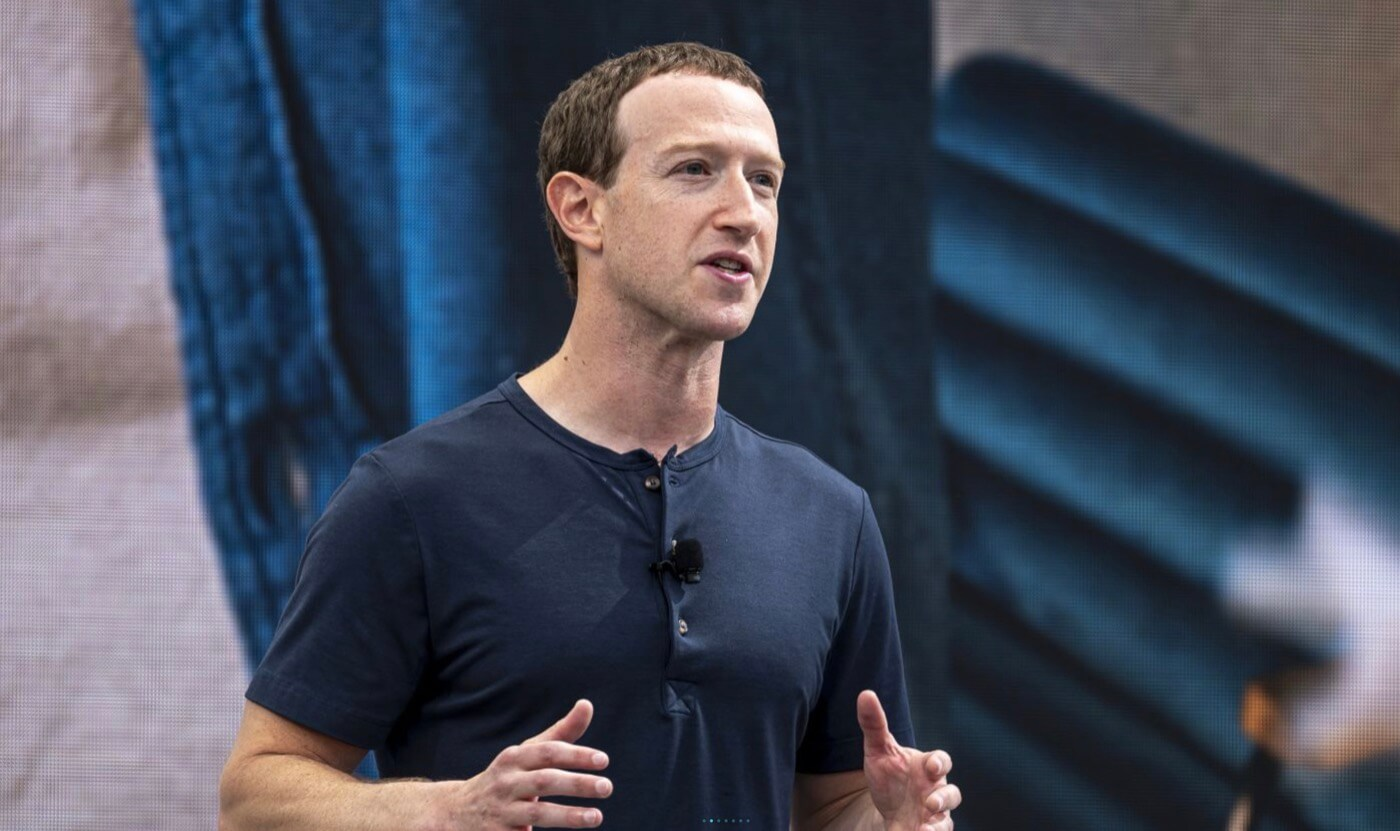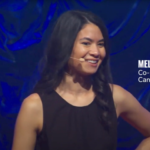
Mark Zuckerberg’s Decade of Vision: The 10-Year Plan That Became Reality
When Mark Zuckerberg outlined Meta’s ambitious 10-year plan in 2016, skeptics called it grandstanding. By 2025, nearly every goal he set has come to fruition—not through luck, but through discipline and tireless long-term execution.
The F8 Blueprint: A Decade Ahead
At the 2016 F8 Developers Conference, Zuckerberg unveiled a strategy that reached far beyond Facebook’s social roots. His vision focused on three core pillars:
- Connectivity
- Artificial Intelligence (AI)
- Virtual and Augmented Reality (VR/AR)
Unlike the usual tech jargon, this was a map for the future—one Meta followed down to the detail.
Connectivity: Opening the Digital World to Billions
The Promise:
Connect the next billion people using satellites, drones, and free basic internet.
How It Happened:
• Free Basics (Internet.org): Rolled out in 65+ countries, providing essential online services at no cost.
• Aquila Project: Solar-powered drones tested aerial internet delivery, pushing the boundaries of rural connectivity.
• Global Partnerships: Meta strengthened telecom infrastructures worldwide.
The Impact:
Over 3.5 billion people now use Meta apps. For much of the globe, Facebook is the gateway to the internet.
Artificial Intelligence: Giving Machines Insight
The Promise:
Develop AI that can see, listen, and understand—to power everything from smart assistants to safer platforms.
How It Happened:
• FAIR: Facebook AI Research grew rapidly, setting benchmarks in machine learning.
• LLaMA 2 & 3: Launched as top open-source large language models, driving waves of innovation.
• Instagram & Ads: Meta’s AI now creates billions of images daily for filters and targeted content.
• Superintelligence Team: In 2024–2025, Meta assembled elite AI talent, outspending rivals with a record-setting $65 billion AI budget.
The Impact:
AI isn’t just a back-end tool; it’s a Meta product in itself—pioneering advanced assistants, content moderation, and even pursuing Artificial General Intelligence (AGI).
AR/VR: Turning the Metaverse Into Reality
The Promise:
Deliver immersive VR and AR experiences for everything from entertainment to collaborations.
How It Happened:
• Oculus Acquisition: Millions of headsets shipped, cementing Meta as a category leader.
• Horizon Worlds, Meta Quest, Ray-Ban Smart Glasses: Became household names for virtual and mixed reality.
• Meta Quest 3: Released in 2023 with fully integrated AR capabilities.
• AI Avatars: By 2025, intelligent agents inhabit the metaverse.
The Impact:
What was once dismissed as a “buzzword” is now a vibrant ecosystem—Meta owns the entire VR/AR stack.
Platforms: Owning Digital Communication
Breakthroughs:
• Instagram Stories & Reels: Surpassed Snapchat, rivaled TikTok for global attention.
• WhatsApp: User base soared past 2 billion.
• Unified Messaging: Messenger and Instagram DMs integrated for seamless user experience.
• Threads & AI Chat: Launched new platforms in 2023–25, keeping Meta on the cutting edge.
Result:
Meta is now the default digital communication platform in nearly every region outside China.
The Power of Vision and Relentless Execution
While other tech giants chased fads and frequent pivots, Zuckerberg stuck with his original roadmap—navigating privacy controversies, fierce competition, and widespread skepticism. This journey wasn’t anchored by market timing or luck, but by an unwavering commitment to seeing the long game through.
2016 was about vision; 2025 is about results. Meta’s present is proof of what happens when a company invests in the future year after year. As others sprint after the next trend, Zuckerberg and Meta keep building the world they once only imagined—a world we now all live in.
Key Takeaway:
Genuine vision means drawing a bold map and having the courage (and stamina) to follow it—through all storms and distractions. Mark Zuckerberg’s decade of disciplined innovation with Meta shows what’s possible when you stick to your plan and keep building, long after others have moved on.










